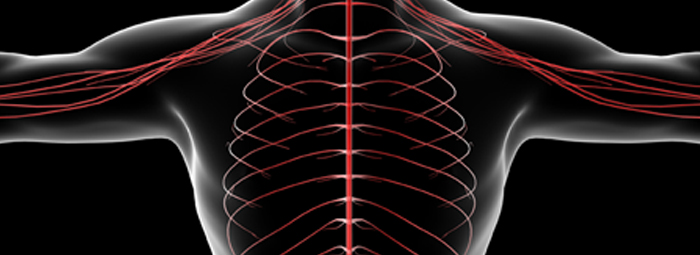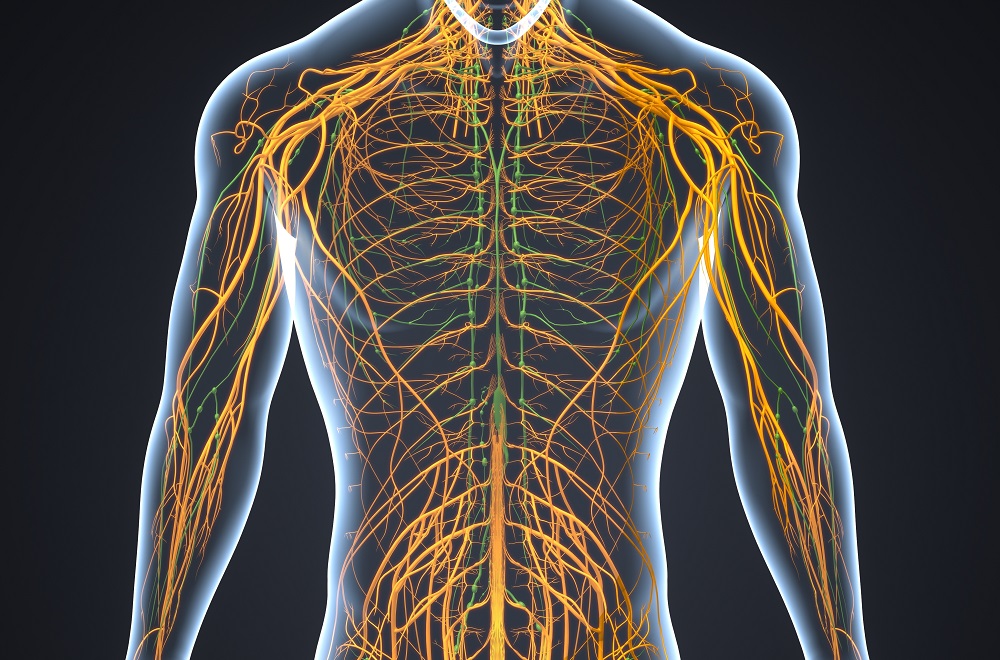Everyone knows joints move and muscles contract to provide “normal” movement. An extremely important factor in creating normal movement, one that is often not assessed, is neurodynamics.
What Is Neurodynamics?
A great scrabble word? Yes. More importantly, though, it is the sliding and gliding of the nerves throughout your body. When the nerves are unable to move freely it often results in pain and a restriction of day to day tasks. Importantly, this neurodynamic pain can feel very much like muscular and joint aches.

http://paragonphysiotherapy.com/solutions/neurodynamics/
It is assessed with upper limb and lower limb neurodynamic tests to assess which nerves are impeded, leading to the selection of the most appropriate treatment to facilitate normal, full nerve movement. It is really important to assess these nerves when a pain has persisted for longer than 3-6 months. After this time period the central nervous system becomes sensitised to pain, thereby becoming more efficient at producing a pain signal. Neurodynamic treatment should be a huge component of treatment for persistent pain.
What injuries can be from a neurodynamic dysfunction?
- low back pain
- neck pain
- shoulder pain
- elbow pain
- calf and achilles pain
- quadriceps and hamstring pain
Pretty much any location on the body………
So if you have had pain that has persisted longer than expected and isn’t getting better as you would expect, maybe it is time to get those nerves checked.
If you have any questions or would like to book in to see one of our physiotherapists, please do not hesitate to contact Get Active Physiotherapy on 1300 8 9 10 11 or email us at admin@getactivephysio.com.au.




